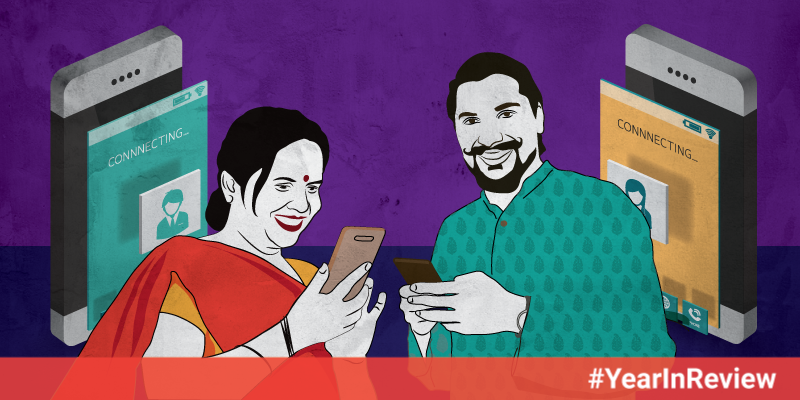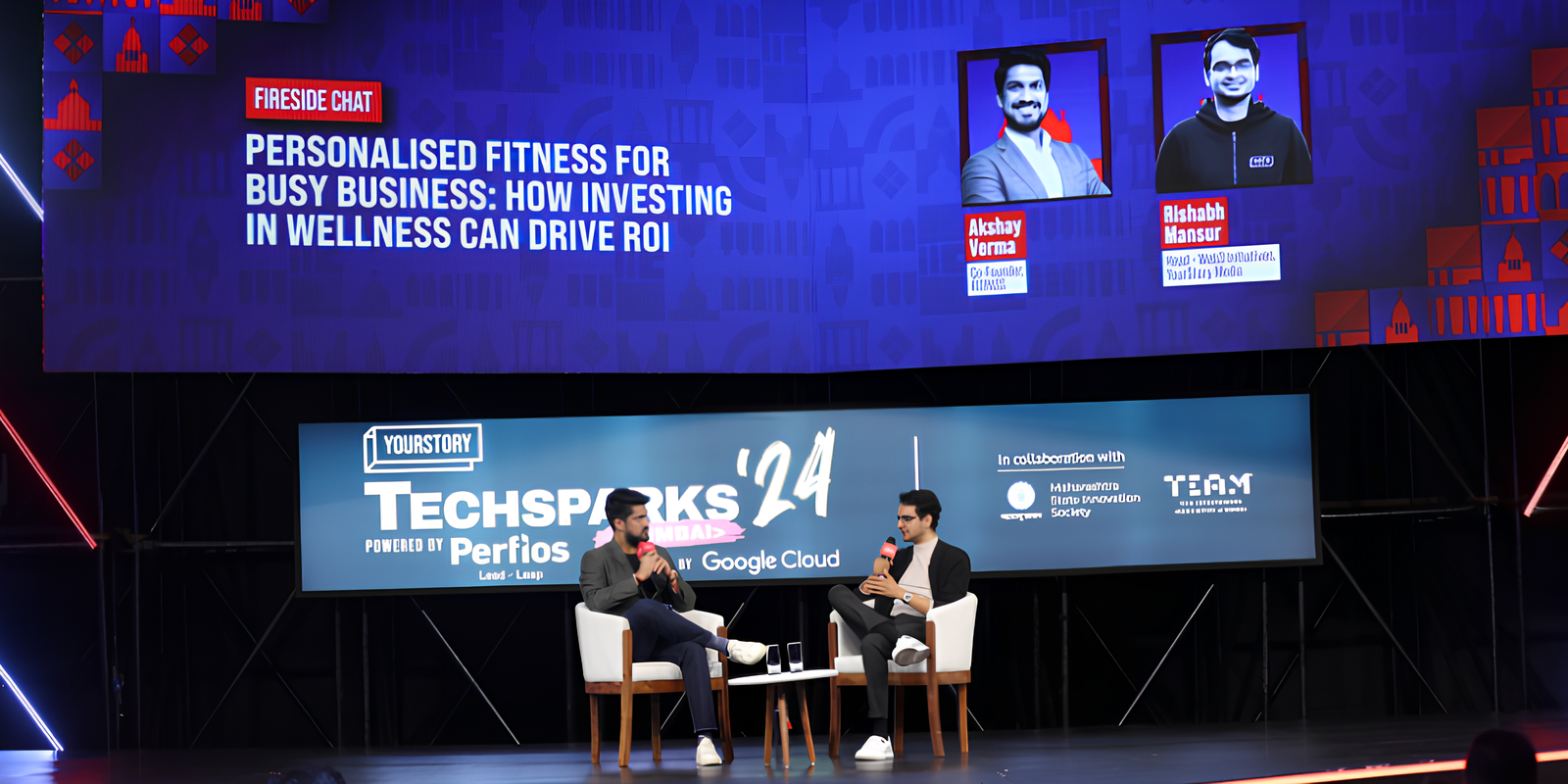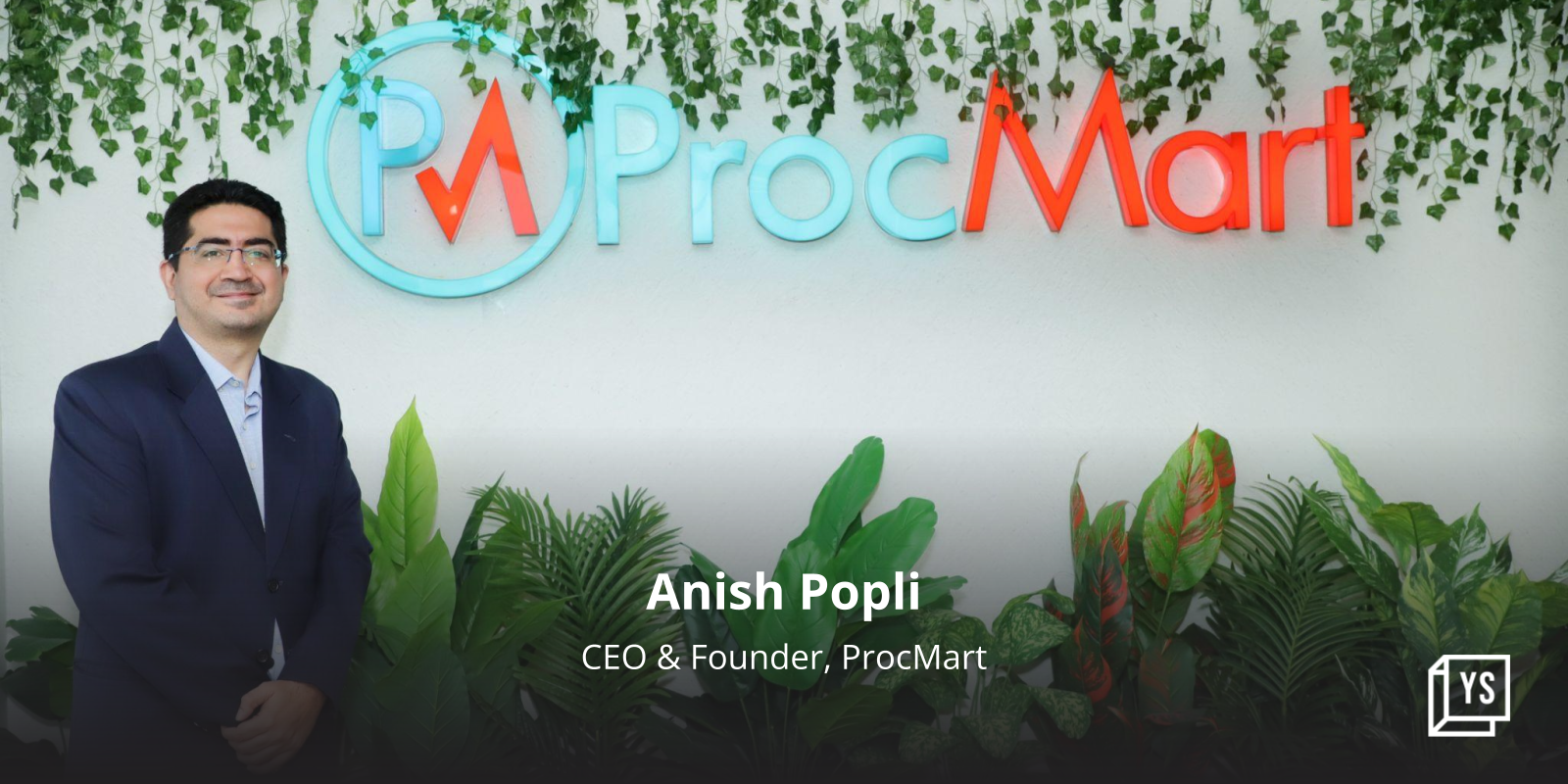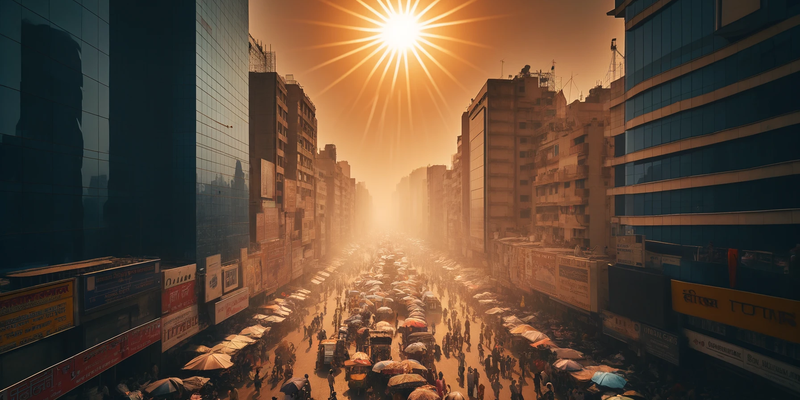Mobile internet fuels the growth of digital businesses as Bharat starts catching up with India
Driven by cheaper data plans and smartphones, Indians are shopping more online, turning to apps for more entertainment and using more digital payments services than ever before.
The world has been talking about India and the potential of our next 500 million internet users (i.e. 500 million new potential customers) for a few years now. The truth within the hype is supported by a steep drop in data prices over the past two years, and the influx of cheap smartphones. In one fell swoop, Reliance Jio commoditised data, forcing every other telco to drop prices. Today, getting 1 GB of data free daily is quite common.
Internet on mobile, but not always a smartphone
In India, first-time access to the internet for a majority of the population has largely been through the mobile phone rather than the conventional, fixed broadband route thanks to cheaper data plans. But there’s further disruption in store – the expectations are high from Reliance Jio Broadband, which had a soft launch in August this year. Further, the launch of Jio’s 4G-enabled feature phone, with a host of built-in apps and effectively free for users, means that a vast number of users are not dependent on a smartphone to use popular apps like Facebook, WhatsApp, YouTube and Google.

The Boston Consulting Group (BCG) in its report, Entertainment Goes Online, says that since the launch of Jio, quarterly data consumption has grown 10-fold, clocking unprecedented growth and “providing an avenue for the latent demand for digital consumption of Indian consumer” because it is now affordable.
Changing the way we shop
This unprecedented rise in the number of internet users from beyond the big cities is fuelling the growth of digital industries in India, be it ecommerce, fintech, ride-hailing apps, healthcare, education or entertainment - some more than others.
Statista pegs that the ecommerce (online retail) industry in India to reach $25 billion by the end of 2018. And this is being driven by shoppers from beyond the metros.
In fact, after the last festive season sales, major players including Flipkart, Amazon, Snapdeal, Shopclues and others confirmed that a big chunk of shoppers this time around were based out of Tier II and Tier III cities and beyond. Many were first-timers ready to try out online shopping thanks to a combination of affordable phones, cheap data plans and easy digital finance options.
The projections for the online retail sector, too, are heartening. A report by NASSCOM and PwC India titled Propelling India towards global leadership in ecommerce says that Indian ecommerce market can potentially touch $150 billion by 2022, fuelled by rising incomes and a surge in the number internet users.

This user base is expected to nearly double to 850 million in five years from 450 million in 2017. Of the total, 150 million users are expected to transact digitally and will emerge mainly from Tier II and III cities, with diverse language choices, payment modes and products.
According to Sandeep Ladda, partner and global technology, media and telecom sector leader at PwC India,
“The next frontier for the battle in the Indian ecommerce industry is set to be fought around a seamless shopping experience, building digital trust, voice-based or conversational commerce and creating an inventory of localised content.”
To reach more of these new users, many consumer internet and ecommerce players have introduced ‘lite’ versions of their apps to enable use when bandwidth is low. (Let’s not forget that while India may have 85 percent 4G coverage, download speeds remain slow.) These brands, including Amazon, have also introduced Indian language versions of their websites and apps.
Changing the way we pay
Arguably, one of the biggest disruptions that internet usage in India has seen is in the area of fintech, i.e., tech-driven financial services. The arrival of e-wallets for digital payments and innovative business models of online lending has changed the way that payments – and now micro-loans – work.
A technology platform like Unified Payment Interface (UPI) has taken this game to a different level, with the number of transactions on UPI doubling in just three months and hitting 2 billion this year. As a YourStory report last month said,
“Just seven months into the current financial year, over 2 billion transactions have taken place over UPI, transferring a total of Rs 3.42 lakh crore. The growth rate has been galloping, averaging around 30 percent month-on-month growth over July, August and September this year.”
The entire landscape has changed with the presence of big private players, including Google Pay (earlier Tez), Paytm and others starting to adopt UPI on their platforms. In FY2018, the total number of transactions grew by almost 5,000 percent to almost 915 million from 17.9 million in FY 2017. The total value of transactions skyrocketed to Rs 1.09 lakh crore in FY18, which is almost a 1,500-percent increase.
This increased usage is also reflected in the rise of digital EMI. Another YourStory report earlier this month highlighted how ecommerce players are leveraging the option of digital EMI – micro loans available at the check-out - to expand further into Tier II locations and beyond.
Changing what we watch, and how
Beyond ecommerce and fintech, it is the consumption of video content which is going beyond the ubiquitous clips that show up on WhatsApp groups and Facebook feeds. Online video consumption is moving beyond YouTube and into over-the-top (OTT) mobile apps.
In the past two years, more than half-a-dozen OTT platforms have been launched or seen their subscriber base grow manifold. While Hotstar has been around since 2015, Voot (from Viacom18) launched in 2016, followed by the likes of Alt-Balaji (from Balaji Telefilms), ZEE5 (from Zee Entertainment) and SonyLIV. There’s also Prime from Amazon, and Netflix – expensive yet popular.
In fact, OTT is often the primary channel of consumption for newer households without cable TV. Youngsters moving away from home for work seldom opt for a cable TV connection; they simply opt for mobile streaming.
Even where cable TV is available, OTT provides a second screen where viewers can watch what they want, when and wherever they want it.
Kanchan Samtani, Partner & Director at BCG, says, “While the current market operates with a largely advertising-driven content paradigm, consumers are not averse to paying for convenient content access that OTT unlocks.”
The BCG report predicts that the Indian OTT market will grow to $5 billion by 2023, driven by rising affluence, increased data penetration into rural markets, and adoption across demographic segments, including women and older generations.

According to the Mobile Marketing Ecosystem Report 2018, India, by the Mobile Marketing Association (MMA), “Gaming, OTT Video and Digital Audio platforms became the flag-bearers of increasing data traffic (on mobile devices).”
The MMA further believes that consumers of vernacular, i.e. content in Indian languages, will grow 12x over the next 5 years, compared to just 2x growth of English content consumers.
Closing the digital divide – still some way off
However, the danger of a digital divide persists amid the buoyancy as internet access is still largely an urban phenomenon. Overall internet penetration in the country is estimated at around 35 percent, with urban areas at 65 percent and rural areas at 20 percent, according to Internet and Mobile Association of India (IAMAI) and KANTAR-IMRB.
According to Sanjay Kaul, President, Asia-Pacific and Japan, Service Provider Business, Cisco, “By 2022, smartphone data consumption will increase by 5x in India, which proves the dominance of smartphones as the communications hub for social media, video consumption, communications, business applications, and traditional voice. As usage and expectations increase, the opportunity in the market for service providers rises simultaneously.”
The government has also laid out the ambitious BharatNet plan, which aims to connect rural areas through fibre optic broadband. However, there are several implementation challenges like bureaucratic delays, inability to provide actual internet connection, cables getting damaged, etc.
But there is plenty of hope for rural areas as far as consumption of media and entertainment content goes.
The BCG report adds: “(In rural India) there are an estimated 197 million households with a TV, of which 160 million are cable and satellite (C&S) households while smartphone penetration is multiples of that and growing. Given the challenges of electricity availability, TV screen, and C&S connections, it is possible that rural India adopts OTT even ahead of C&S viewing in some pockets.”
The report predicts that by 2020, nearly half of India’s internet users will be rural, with internet penetration in these parts growing to 35 percent, thereby creating “a very healthy environment for OTT to take off”.
The rate at which internet traffic will rise is shown in a study by Cisco’s Visual Networking Index (VNI): “In India, IP traffic will grow 6-fold from 2017 to 2022, a compound annual growth rate of 43 percent.”
In simpler terms, by 2022, India will consume the gigabyte (GB) equivalent of all movies ever made every 18 minutes! It would seem that we’re hooked to the internet and loving it.











